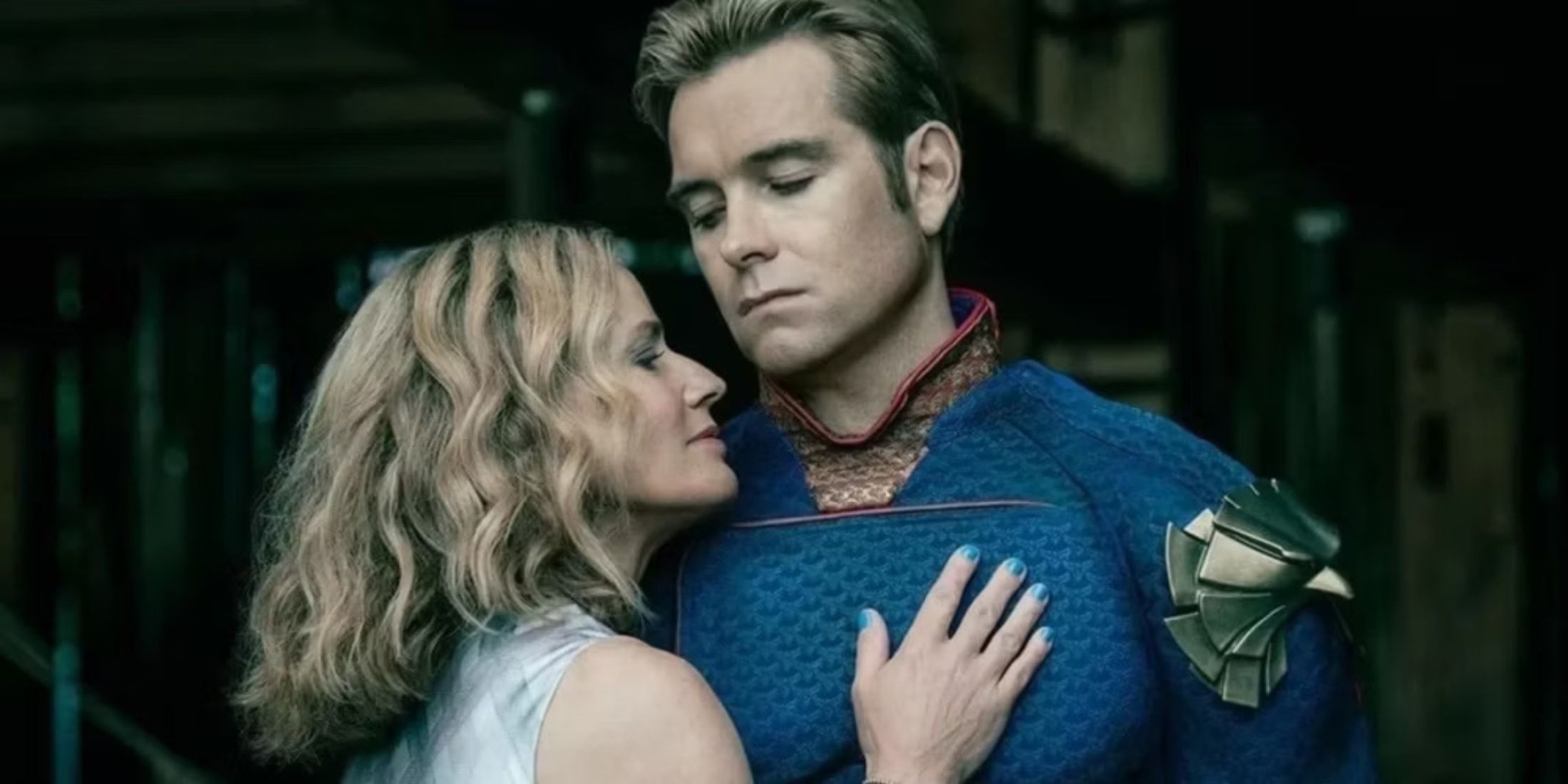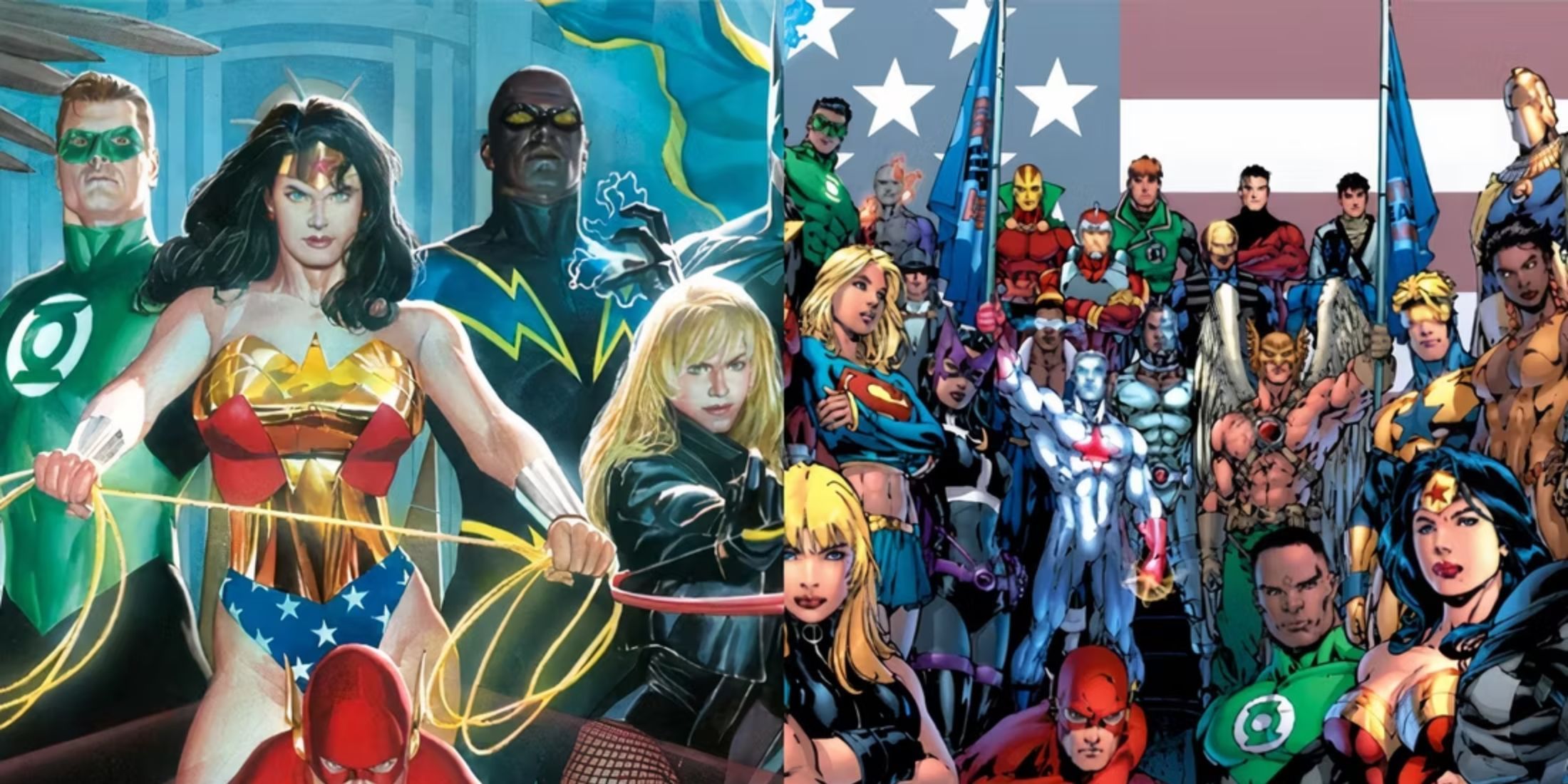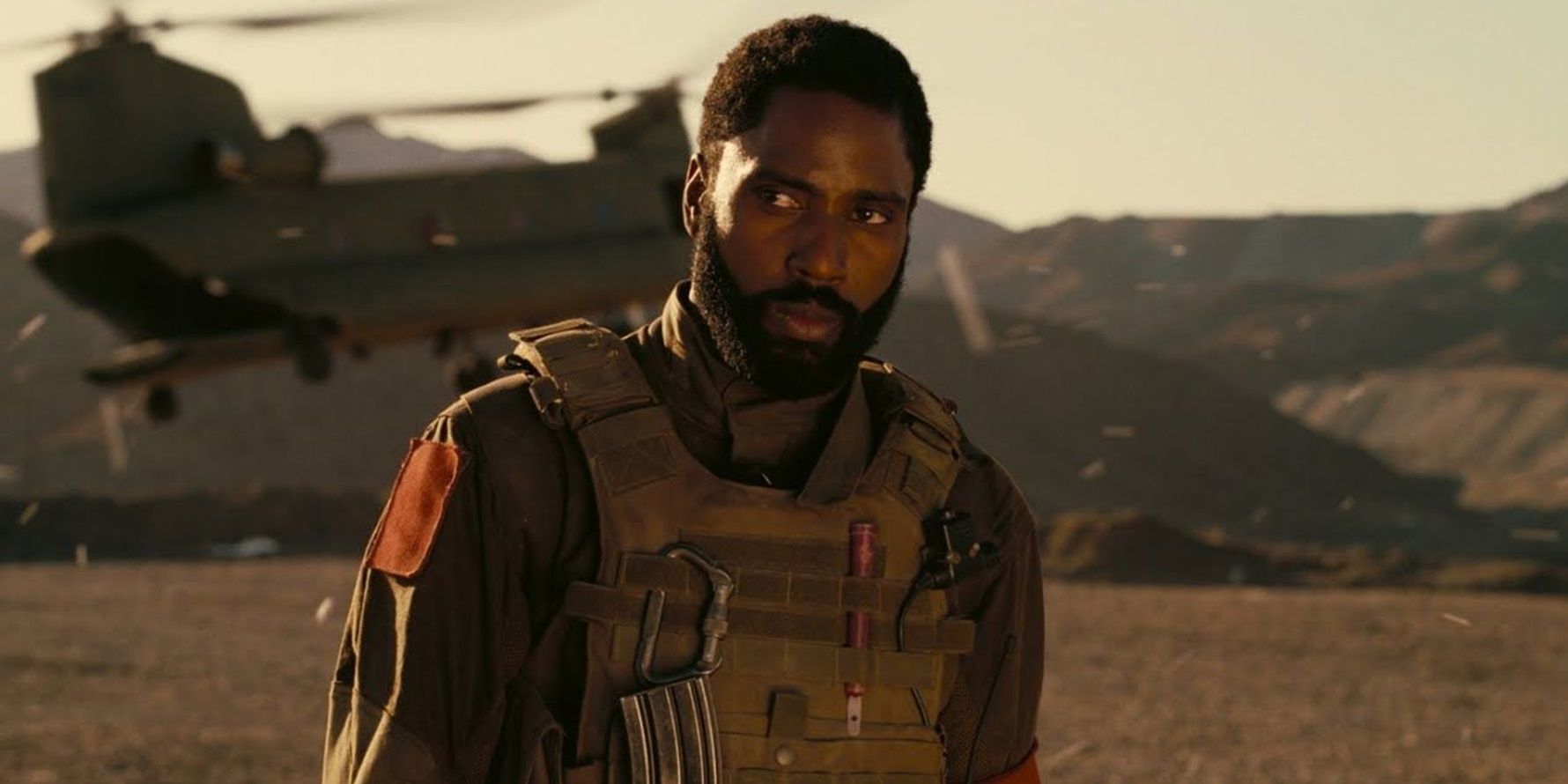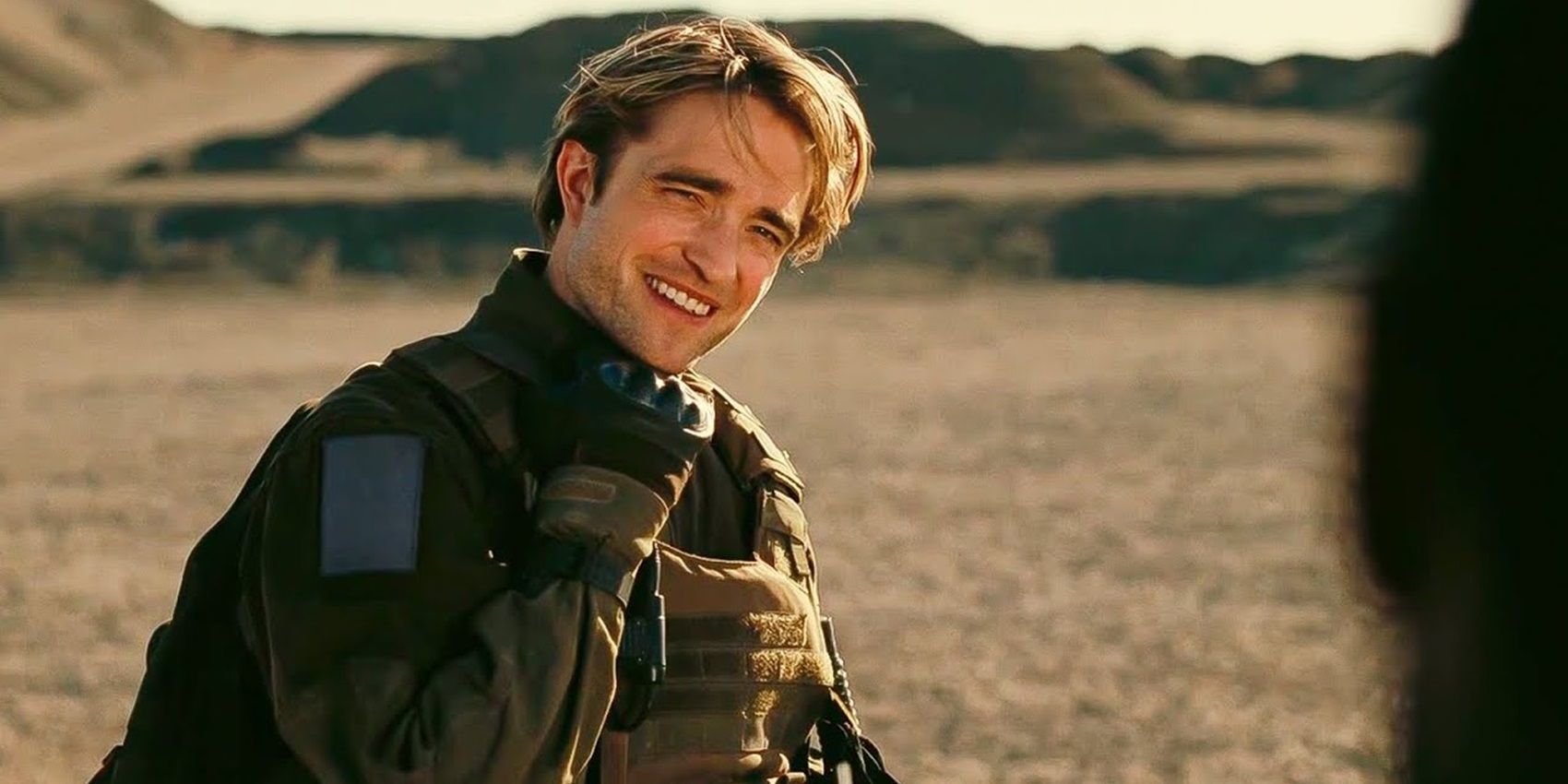Christopher Nolan’s spy-fi epic Tenet has a wildly complicated story timeline that culminates in a confusing ending. Nolan is renowned for bending the flow of time to tell his stories, but Tenet is arguably his most baffling movie, crossing the line from impressively complex to incomprehensible and alienating. Tenet is essentially a James Bond movie by way of Inception. John David Washington stars as “The Protagonist,” a secret agent who is recruited by a mysterious organization known as Tenet that has perfected time travel and applied it to the world of espionage. The Protagonist is launched into a typical globetrotting 007-style adventure to take down an arms dealer, but instead of smuggling weapons across borders, the bad guys – dubbed “antagonists” in an extension of the film’s incredibly on-the-nose characterization – are smuggling weapons back in time.
Although it’s one of the least well-received entries in Nolan’s impressive filmography, Tenet is far from a bad movie. It’s well-acted by Washington and his co-stars, gorgeously shot by Hoyte van Hoytema, sharply edited by Jennifer Lame, and has a stunning musical score by The Mandalorian’s Ludwig Göransson (albeit sometimes drowning out crucial exposition in the dialogue). Tenet has some truly mind-blowing action sequences achieved with breathtaking practical stunts shot on giant IMAX cameras, like a fire truck chase down a highway and a plane crashing into an airport terminal. But the plot around those high-octane action sequences is baffling. All the fist fights and gun battles filmed in reverse look cool, but the time-travel narrative that makes them happen isn’t as straightforward as Back to the Future or Peggy Sue Got Married.
Nolan is renowned for his ambiguous endings. Inception ends with Dom Cobb’s spinning top beginning to topple, leaving it unclear as to whether or not he’s still in the dream world. The Dark Knight Rises ends with Alfred fulfilling his fantasy of seeing Bruce Wayne dining in Florence with a romantic partner, leaving it unclear as to whether or not Batman died when he flew Bane’s bomb out into the ocean. Tenet has a surprisingly definitive ending for a Nolan movie, but it’s so befuddling and convoluted that it doesn’t immediately seem that way.
What Happens At The End Of Tenet?
The plot of Tenet revolves around the titular organization’s search for “The Algorithm,” a device that allows “antagonists” to invert the world’s entropy and destroy its past. The antagonists seeking this device want to use it to evade the effects of climate change. The Algorithm falls into the hands of Russian oligarch Andrei Sator, a typical Eastern European stock villain from the Bond playbook. At the end of the movie, the Protagonist and his team retrieve the Algorithm and break it up into pieces to keep it out of the hands of future antagonists.
The Protagonist’s handler, Neil, is played with such Bondian charm and suaveness by Robert Pattinson that it’s easy to miss his importance in the plot. During the opening siege at the Kyiv Opera House, the Protagonist was rescued by an operative identified only by his red trinket. This red trinket recurs throughout Tenet as a recognizable visual motif; it comes back at the film’s climax when an inverted operative bearing the red trinket sacrifices himself to ensure Sator’s defeat. As Neil and the Protagonist are packing up the safely retrieved Algorithm, the Protagonist spots the red trinket on Neil’s bag.
Neil reveals that he and the Protagonist have known each other for a long time. The Protagonist from the future recruited Neil to join Tenet in the past. Before Neil departs for the timeline in which he sacrificed himself in the fight against Sator, he tells the Protagonist, “I’ll see you in the beginning, friend.” This line refers to events that took place in the past from his perspective, but will take place in the future from the Protagonist’s perspective.
Does Tenet's Ending Make Sense?
The ending of Tenet does make sense, but it’s ludicrously complicated. The resolution of the Algorithm storyline – killing the villain, seizing the MacGuffin, and securing it in a safe location – is pretty standard Bond movie stuff. The hero saves the world and the world he saved is none the wiser. That part is relatively easy to follow. But it gets complicated when Neil reveals that he was actually recruited by the Protagonist and that Tenet was founded by the Protagonist himself. The movie started with the Protagonist being recruited by Tenet. Every facet of how Tenet operates had to be explained to the Protagonist in detail, so it seems unlikely that he could be the mastermind behind it all.
It might not initially make sense that the Protagonist doesn’t remember founding Tenet, but he technically hasn’t founded it yet. The Protagonist founded Tenet long before he was recruited to join it, but the Protagonist who founded Tenet was from far into the future. He inverted and sent himself back in time to start up the time-traveling spy division, then recruited the people who would recruit him. The ending of Tenet does start to come together after a couple of viewings, but the payoffs frankly aren’t worth the mental gymnastics required to make sense of them.






